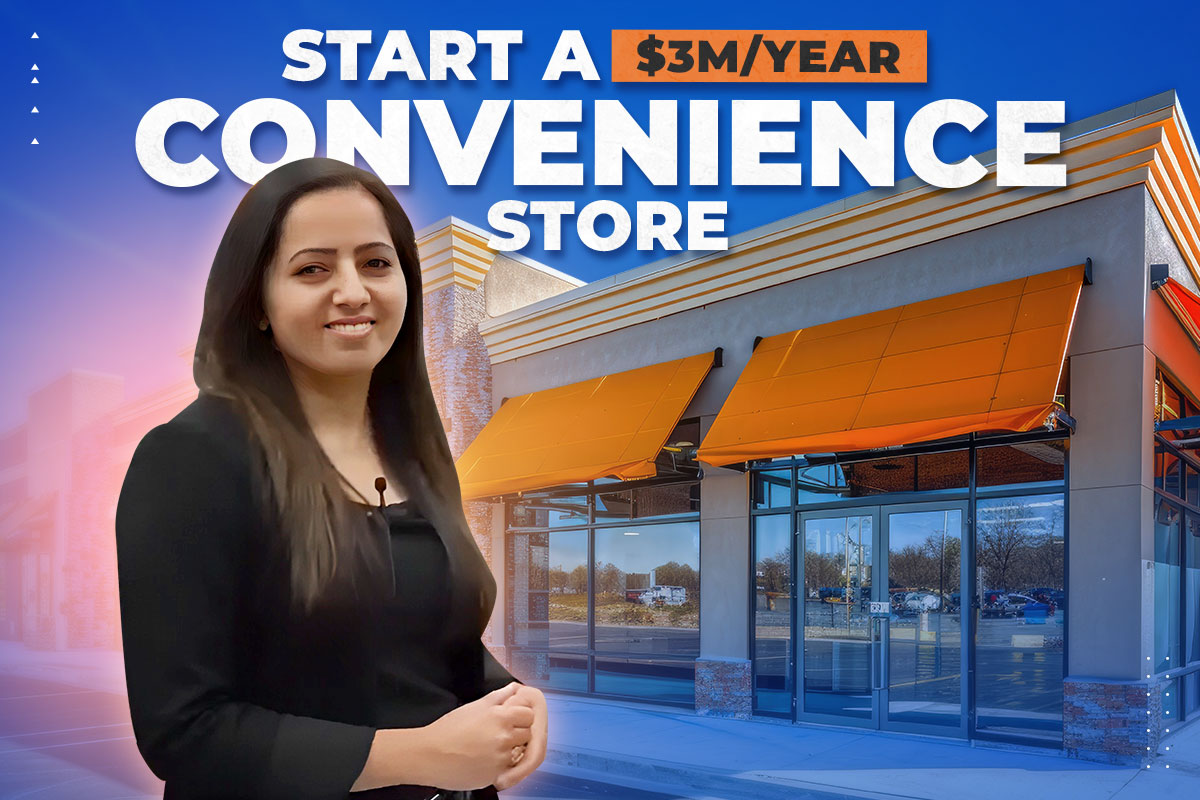Want to make $700K a year working part time? There are four keys to starting a successful vending machine business and earning six figures a year.
In this blog, we’ll show you how to start a vending machine business from scratch. We’ll dive into the four keys Adam Hill used to build Hill Vending, a company now making over $58K per month. Find out how to maximize the results from this passive income play.
Keep reading or click on any of the links below to jump to that section:
A Vending Machine Business Requires…
Adam teaches a concept he calls the Four Keys of Vending Machines. This means a vending machine business requires:
- Location
- Machines
- Service
- Pricing
He explained:
Check out our interview with Adam below:
Let’s dig into each key and how they can make you a lot of money.
Key #1. Location: Where to Put a Vending Machine
The first key to starting and running a vending machine business is choosing locations. You can put a vending machine anywhere a property owner will let you. Common locations for vending machines include:
- Buildings with office space
- Grocery stores
- Malls
- Hotels
- Hookah lounges
- Hair salons
- Gas stations
- Fitness centers
- Barbershops
- Apartments
- Airports
- Hospitals
- Concert venues
You also want to look for locations that have:
- 50 to 100 people walking by per day
- 40 or more employees
- No competition preferably within two miles (e.g., grocery stores, gas stations, and restaurants)
When you find the right location, vending machines can make between $500 and $2K per month each. But how do you find specific places that need a vending machine?
Adam told us:
He also gave us some advice about which option is better.
Door to Door

Finding new locations to put vending machines is difficult. Existing locations likely have a service contract. Adam explained most people mistakenly ask for the general manager when the manager is the busiest person in the building.
He went on to explain:
Buying an Existing Vending Machine Route
An existing route can be highly profitable, but you also need to be careful. You won’t have to worry about finding the route and can focus on the other three keys. On the other hand, you risk paying too much.
When asked whether he would have bought his first route again, Adam told us he overpaid and lost the largest contract soon after. However, he went on to explain that the vending machine route is also the reason he succeeded.
Key #2. Get the Right Vending Machines
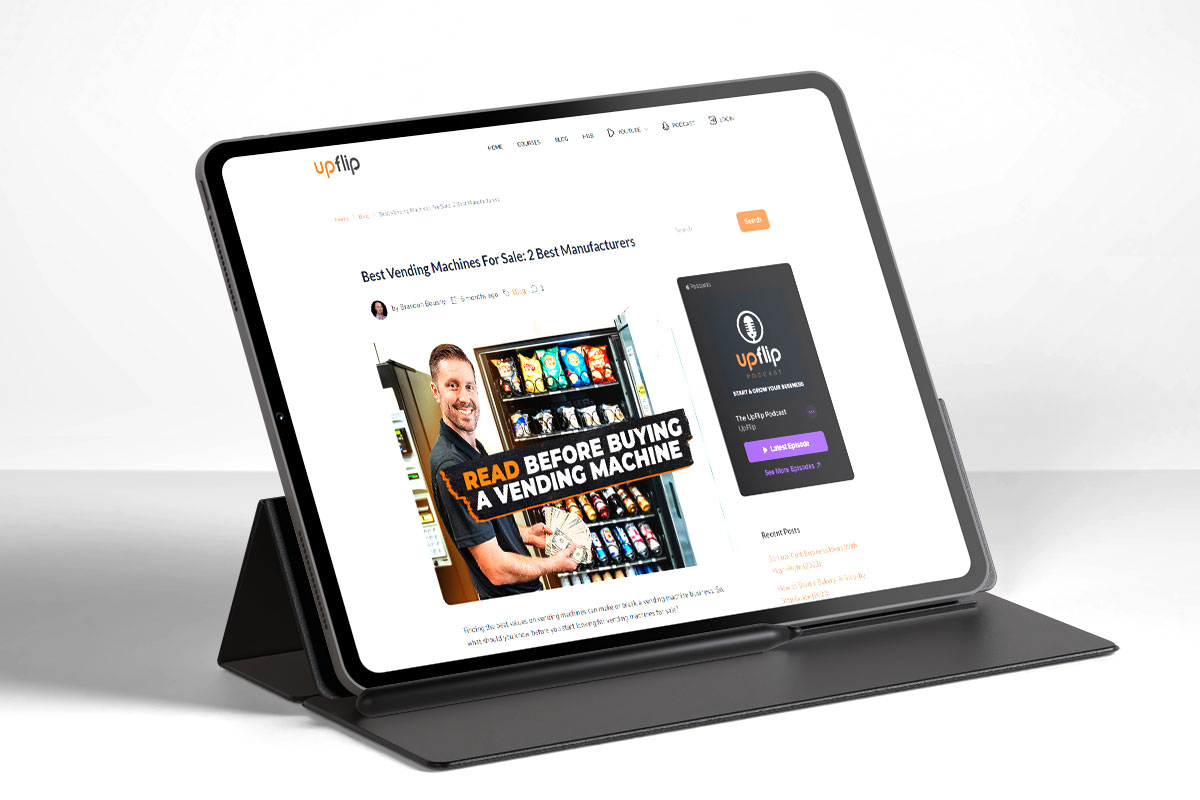
The second key to starting a vending machine business is choosing the right machines. Adam told us:
He also explained the features you’ll need in machines:
• Credit card processing
• Apple Pay
• Tap pay
• I-Vend (guarantees the product comes out)
Some locations have 70% card sales, but there are still machines out there without credit card processing. If you buy a machine that isn’t credit card compatible, that’s a huge loss.
Key #3. Customer Service
Adam told us the third aspect of running a vending machine business is customer service. You need to have a plan for how you will handle it. He explained:
You also need to make a commitment about how soon you’ll be there when they need service. Put it in your contracts and make sure to provide them with a little cash and a log in case they need to provide refunds. If you’re using I-Vend, people shouldn’t need refunds often, so the amount can be small.
He also explained that there are benefits to staying small:
Key #4. Pricing

The final key to success in the vending machine industry is pricing. Adam primarily has beverage vending and snack vending machines, but he also owns a cigarette vending machine. This allowed him to diversify when inflation caused the cost of Coke to go up 30% in one year.
Adam explained that it’s essential to follow the 50-30-20 rule to make a good living. That’s 50% on the product, 30% for wages and profit, and 20% in taxes.
All the drinks are made by the same people, so there’s not much room for variation.
Learn About the Vending Industry
Break Free From the 9-to-5—Start Your Vending Business Today! |
|
| Adam Hill makes $58K a month working just two days a week. He’s ready to teach you how to start your own vending business in his UpFlip Academy course. Learn how to find lucrative locations, choose the best machines, and scale fast with his step-by-step training that you won’t find anywhere else. The chance to escape the daily grind and call your own shots is right here. | |
| Join the UpFlip Academy! | |
How much does it cost to start a vending machine business?
You can start by buying a used machine for as little as $500, or you can buy routes that normally start around $5,000 per machine. Technologically advanced vending machines and routes with higher profit will cost more, but vending machine businesses benefit from the additional features and cash flow.
If you have a vehicle and a bit of extra money and you’re comfortable approaching business owners, go for it! It could change your life.
How much does a vending machine make?
Adam told us that he aims for $2K per month from each of his locations. The amount each vending machine makes varies dramatically based on what you stock, the location, and how you purchase machines and inventory.
Is the vending machine business profitable?
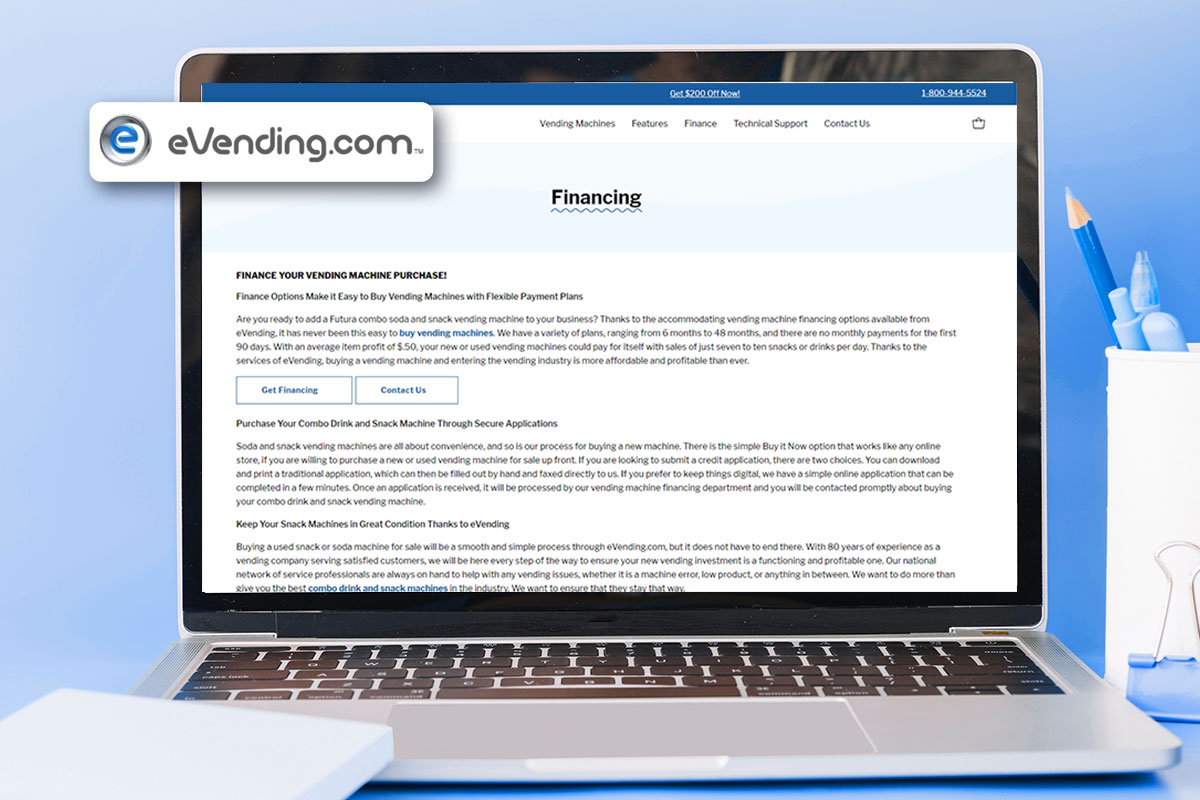
Yes. Food vending machines make up to 30% profit without employees. Profits will be lower if you have employees.
eVending specifically states that their machines can be paid for by selling 7 to 10 products at a profit of $0.50 per product. That is probably a good target for the minimum acceptable profit margin. Adam told us:
Can I get financing for a vending machine business?
Yes, the majority of vending machine suppliers offer financing options. Their terms vary, but many provide estimates of how much cash flow or profit you’ll need to cover the machine’s price.
Need help getting financing to buy your first vending machines? Apply for a loan quickly with Borrow Nation.
Trends in the vending industry
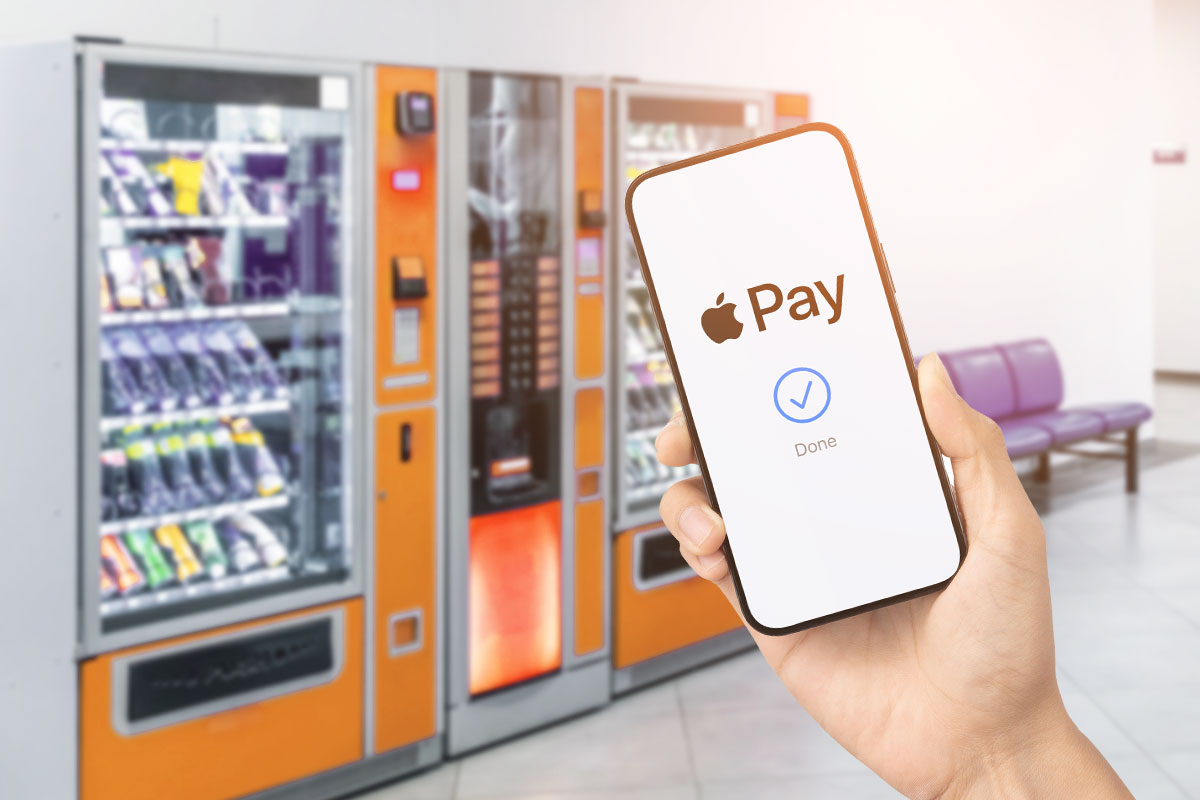
Vending machine offerings are becoming more sophisticated. Vending machine owners still accept quarters, but vending machines also accept cards, Apple Pay, and Google Pay.
In addition, the average vending machine has seen other advancements, including:
- Automated shops
- More than just food and drinks
- Ecofriendly solutions
- Field management software
- Personalized products in vending machines
Adam believes that a lot of people overcomplicate their businesses. You can always upgrade by getting new equipment and tools later. You don’t need a warehouse just to get started.
He told us:
Get ready to learn how to start a vending machine business.
How to Start a Vending Machine Business
Starting a vending machine business is easier when you use a defined process like the one below:
- Write a vending machine business plan.
- Set up your business.
- Acquire routes and locations.
- Purchase vending equipment.
- Choose your products.
- Create systems.
- Run and streamline operations.
- Scale your business.
Keep reading to learn how to start a vending machine business.
Step #1. Write a Vending Machine Business Plan
You’ll want to perform market research to understand the opportunities in your location. Then write a business plan for your vending machine business to help you stay focused while managing your vending machines and inventory. Your business plan should include:
- The name of your vending machine business
- Measurable goals
- How you plan to purchase the machines
- How you’ll reach your target market
- Your financial projections
- Funding needs
- What suppliers you’ll work with for products and vending machines
- What types of businesses you’ll approach as potential clients
A business plan is often the difference between owning vending machines and a successful vending business. In fact, if you want to get financing to start a vending machine business, you’ll need to have a business plan.
Step #2. Set Up Your Business
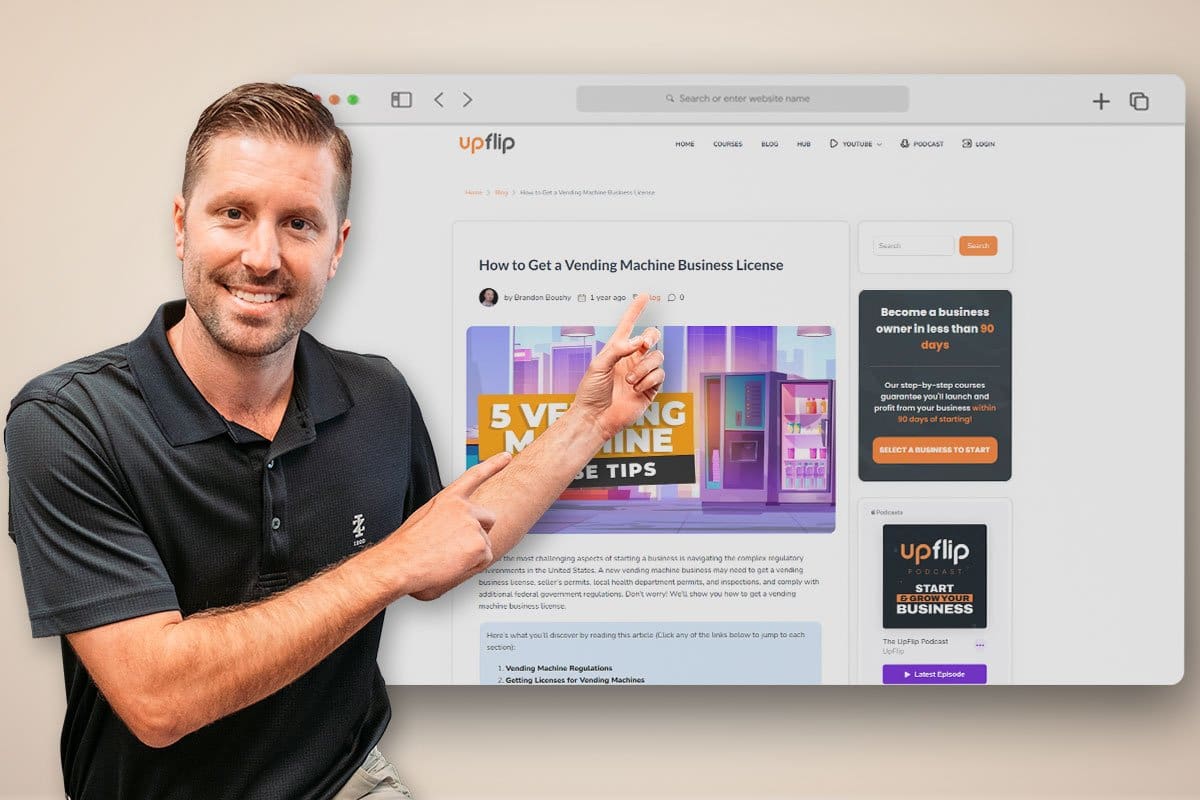
If you want your own vending machine business, you’ll need to run it legally. Given your vending equipment will likely be on other property owners’ locations, you’ll want to make sure you have the following:
- A limited liability company (LLC) or corporation
- State, county, and city business licensing
- Business insurance
- Any food handling certifications
Keep reading for more on how to become a vending machine business owner.
Business Structure
You need an LLC or a corporation as your legal entity for vending sales as a small business owner. You’ll most likely be selling food products on somebody else’s property.
As a sole proprietor, you would be personally liable if someone gets food poisoning or is harmed by a machine. That’s too much risk for the money made per vending machine.
Our blog about how to register a business walks you through the process of registering as an LLC and getting your employer identification number from the Internal Revenue Service.
Business Licenses
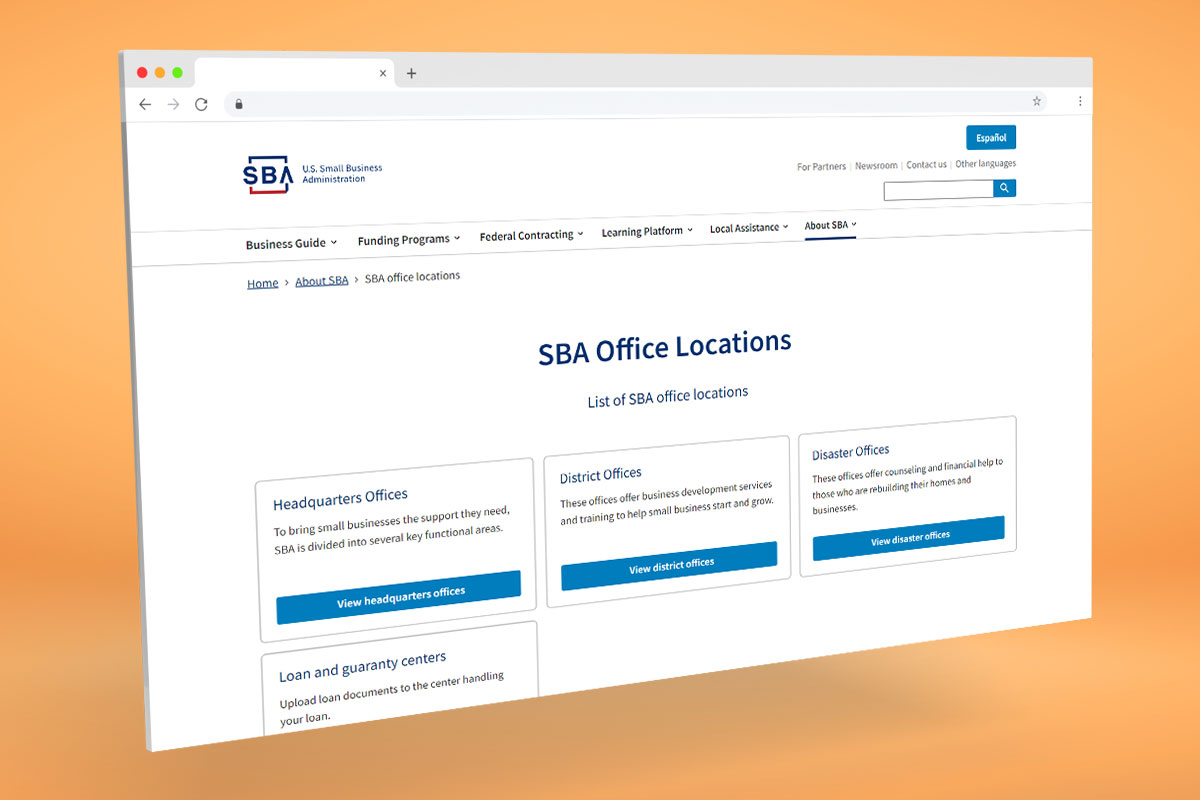
Get the necessary business licenses when starting a vending machine business. These will vary based on your location. Start with a quick search about business licensing in your area or talk to your local Small Business Administration office.
Business Bank Account
You’ll need a bank account for your small business. It’s required to keep personal and small business funds separate to avoid personal liability. For more information, read our blog about business bank accounts.
Business Insurance

You’ll need insurance to protect the company if someone is injured. I’d recommend having general liability at a minimum and potentially restaurant insurance if you plan on placing vending machines throughout a city or region.
You may also want to offer to put the property owners on the insurance so that their business isn’t at risk if your vending machine has a lawsuit. Small businesses will appreciate it and more prominent companies or governments will likely require it.
I usually recommend starting by getting a bid from Simply Business.
Food Handling Requirements
Many cities will require food handling licenses if you sell food. Check if you need special licensing from the health department. Just search “health codes near me,” and it should bring up your local health codes for a business entity in your location.
Step #3. Acquire Routes and Locations
You’ll need to establish or acquire routes and locations. In the vending machine course, Adam explains that you can find routes and locations in a number of ways including:
- Approaching business owners directly
- Buying vending machine routes from other vending machines owners
- Using digital marketing so that business owners can reach out when they need vending machines
Using all three techniques will help you make vending machines profitable.
Step #4. Purchase Vending Equipment
When buying a vending machine, remember to evaluate different vending options to establish which vending machine is suitable for you. There are three main vending machine options you’ll want to consider:
- A new vending machine
- Used vending machines
- Refurbished vending machines
Buying a Vending Machine New
If you want to buy a new vending machine, there are plenty. Most manufacturers will offer to finance as well. Adam recommends buying new vending machines from an authorized AMSVendo dealer.
Given the benefits of selling snacks over drinks, I would probably go for a machine like the AMS Multitasker or Low Temp Combo.
You’ll want to compare vending machine prices and features before deciding where to buy one, but here are some places you can buy machines:
- Vending.com has the largest variety of machines, including specialty vending. The only option that isn’t on their list is ice machines, which makes this site a great place to start.
- Sam’s Club has vending machines for snacks, beverage vending machines, combination units, and single-brew coffee machines (coffee maker not included). Based on the product listings, they don’t sell chilled, refrigerated, or freezer vending machines.
- Swyft has two main vending products and lockers. These are high tech specialty vending machines with analytics, inventory management, and multiple cameras. They are meant for locations doing $36K in business or more. Swyft also offers placement assistance and maintenance services.
- eVending.com has hot and cold beverage machine options as well as food and beverage machines. They also offer a type of specialty machine called a Sani-Center that offers masks, gloves, and sanitation wipes. They have diverse offerings based on the ten sites we reviewed for this blog.
- Alibaba also sells vending machines. These are far less expensive, but that’s before shipping from China. I would only suggest using Alibaba if ordering in bulk.
If you only need a few vending machines, I would go with one of these providers, but consider buying used machines when buying bulk vending machines. The reason I suggest this is because the savings can be tremendous as long as they all have interchangeable parts.
Purchase a Vending Machine Used

You can buy a used vending machine or even full routes. Places to buy a used vending machine include:
- Craigslist
- eBay
- Going-out-of-business sales
- Government auctions
- Searching the web for “vending routes for sale”
Make sure to inspect the machines very thoroughly when buying used machines. Business owners are notorious for selling poorly maintained machines. Make sure you check the vending machines by testing:
- Each dispenser
- The coin and bill acceptor
- The credit card reader (if there is one)
- Compressor and fan for cooled machines
- If the unit is meant for indoors or outdoors
- If the machine feels cool
- Dates on the packaging
You should also check for signs of frayed wires, mold, or pests. If you aren’t mechanically inclined, bring someone who is when you look at the machines. Used machines must typically be purchased as is.
Most of the companies that sell new ones also sell used machines. If you’re concerned about buying used vending machines, consider refurbished machines.
Find a Refurbished Vending Machine for Sale
Buying refurbished is an established business model where companies accept damaged products, fix them, and then resell them. If you’ve ever gotten a replacement phone with your warranty, it was most likely refurbished.
Buying a refurbished vending machine is the best of both worlds. You have low startup costs, but a warranty is typically half as long as buying a new vending machine. Anywhere you can buy new vending machines will often have refurbished options, but it will probably be much slimmer pickings.
Step #5. Choose Products and Inventory

Part of learning how to start vending is buying the products to sell. Most people will buy their products from places like Sam’s Club or Costco, but depending on how many machines you have, you may qualify to work with a distributor.
Adam told us:
You can also look for deals on Amazon. We put together a shop of vending machine products inspired by this blog. Check it out.
Ben, another owner of vending machines, told us:
He also suggested using the online order functionality. Check out our interview with Ben about how to start a vending machine business:
If you want to sell Coca-Cola products, go to the Coke Solutions website to get registered to purchase from distributors. PepsiCo Partners website is the link for Pepsi.
For other providers, go to ThomasNet.com.
Step #6. Create Systems
A vending business has lots of work processes you’ll need to keep up with to become successful including:
- Business location contracts
- Mapping your service route
- Maintaining a schedule to stock items and collect cash
- Processes to identify potential locations
- Product pricing
- Commissions for high-traffic locations
- Tracking revenue and expenses with Quickbooks.
We have courses and templates to help you succeed in each of these areas when you join the UpFlip Academy.
Step #7. Run and Streamline Operations
When you own vending machines, you’ll need to provide excellent customer support. Vending machine owners need to be able to move and install machines, collect payments, refill machines, and perform maintenance.
Step #8. Scale Your Business
Figuring out your marketing is a big part of learning how to start a vending machine business. You’ll need to find property owners willing to let you put your vending machines on their property. That means you’ll need some common marketing tools.
- A website: Get your website from DreamHost. Then, learn how to build a website with our easy-to-follow guide.
- Vending machine business cards: You need to have professional business cards to hand to business owners.
- Social media: Sign up for social media business accounts and market to business owners.
- Car decals: Once you have vending machines, car decals can help you get new clients because you’ll be driving around and parking at places with lots of traffic. You never know when someone will see it and need your services.
- Google paid ads: Successful businesses often use online advertising through platforms like Google Ads.
- Product brochures: Have a pamphlet to tell business owners what you offer.
- Walk-ins: You can ask to speak to a business owner in person, but this method has a lower rate of success and a higher cost than other ways of marketing.
Adam told us he spends $100 to $200 per month on Google Ads. His marketing simply says Get free vending machines in your business.
Go Start a Successful Vending Machine Business
After you get your first location, start putting the revenue into more machines and you’ll scale in no time. If you enjoyed this article, share it and leave a comment.
What kind of vending machine company are you thinking about starting?




